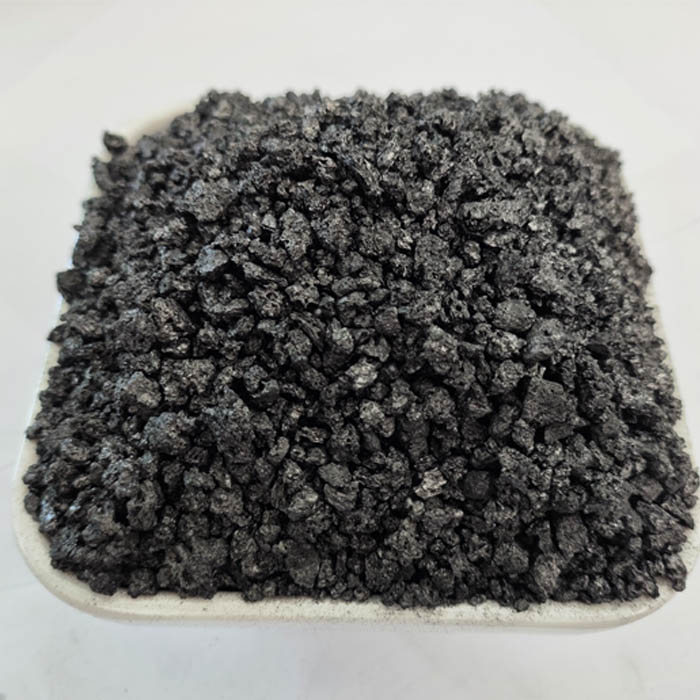Aug . 21, 2024 00:19 Back to list
Waterproof and Sound-Absorbing Materials Manufacturer for Various Applications
The Evolution and Significance of Water-Resistant Sound Absorbing Materials
In today's rapidly changing industrial landscape, the demand for innovative materials continues to rise. Among these innovations, water-resistant sound absorbing materials stand out, meeting the needs of various sectors ranging from construction to automotive industries. This article delves into the significance, applications, and the future of these specialized materials, with a focus on their manufacturing processes.
Importance of Water-Resistant Sound Absorbing Materials
Sound insulation is critical in many environments, especially in urban settings where noise pollution can negatively affect health and well-being. Traditional sound absorbing materials often face challenges, particularly when exposed to moisture or water. When these materials absorb water, their effectiveness diminishes, leading to poor soundproofing. Thus, the development of water-resistant sound absorbing materials is essential for maintaining acoustic performance in diverse environments, including bathrooms, kitchens, and outdoor spaces.
The unique properties of these materials enable them to withstand moisture while providing superior acoustic performance. This dual functionality not only enhances comfort by reducing noise levels but also protects the structural integrity of buildings and vehicles susceptible to water damage. Moreover, advancements in technology have allowed manufacturers to create materials that are lightweight, durable, and environmentally friendly, which are crucial factors for modern consumers.
Manufacturing Processes
The production of water-resistant sound absorbing materials involves several sophisticated techniques. Initially, the selection of raw materials is paramount. Manufacturers often use synthetic fibers such as polyester, polypropylene, or polyurethane due to their superior resistance to moisture. These fibers can be engineered to create porous structures that trap sound waves, thus enhancing their sound absorption capabilities.
One common manufacturing technique involves the process of needle punching, where a series of barbed needles entangle the fibers into a dense mat without the need for adhesives. This method not only reduces chemical emissions but also allows for customization in thickness and density to meet specific acoustic needs.
water resistant sound absorbing material factory

Another technological advancement in this field is the use of coatings. Applying hydrophobic coatings to traditional sound-absorbing materials enhances their water resistance significantly. These coatings prevent water penetration while maintaining the material’s ability to absorb sound, thereby ensuring longevity and stability in various applications.
Applications in Various Industries
The versatility of water-resistant sound absorbing materials makes them suitable for a wide range of applications. In the construction sector, these materials are increasingly used in wall panels, ceilings, and flooring, particularly in areas prone to high humidity, such as swimming pools and spas. They help create serene environments that enhance the quality of life for building occupants.
In the automotive industry, these materials are integrated into vehicles to minimize noise from the engine, tires, and road surface. Additionally, they offer protection against moisture that could lead to mold and mildew, prolonging the life of vehicle interiors.
Other industries, including hospitality, healthcare, and entertainment, also benefit from these materials. Hotels and restaurants utilize them to create acoustically pleasing environments, while hospitals focus on reducing noise to improve patient care and comfort.
Conclusion
As the demand for effective sound management and moisture-resistant solutions grows, the significance of water-resistant sound absorbing materials cannot be overstated. The fusion of advanced manufacturing techniques and innovative materials has opened new avenues for application in various industries, promoting better living standards and improved acoustic environments. Looking ahead, it is essential for manufacturers to continue researching and developing even more efficient and sustainable solutions to meet the ever-evolving needs of consumers. With the continuous advancements in technology, the future of water-resistant sound absorbing materials is indeed promising.
-
Environmentally Friendly Granule Covering Agent: Sustainable Solutions
NewsAug.27,2025
-
High Purity Graphitized Petroleum Coke & Low Nitrogen Recarburiser
NewsAug.26,2025
-
Fe-C Composite Pellets for BOF: Enhance Efficiency, Lower Steelmaking Costs
NewsAug.25,2025
-
Durable Building Material for Round Wall Exporters | Custom Shapes
NewsAug.24,2025
-
Tundish Dry Vibrator: Boost Steel Casting Performance
NewsAug.23,2025
-
Thermal Insulation Cups Materials Exporters - Quality & Durable Supplies
NewsAug.22,2025
